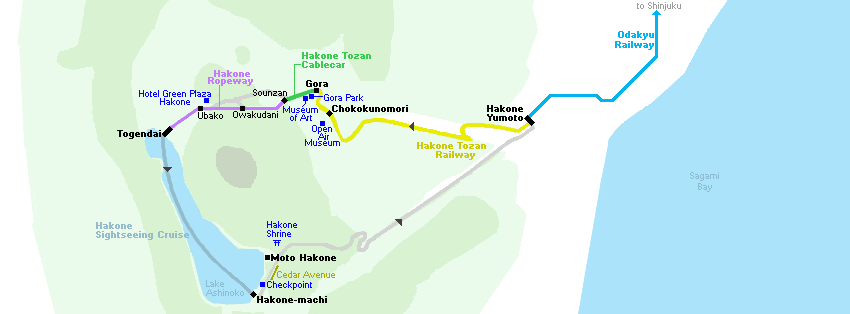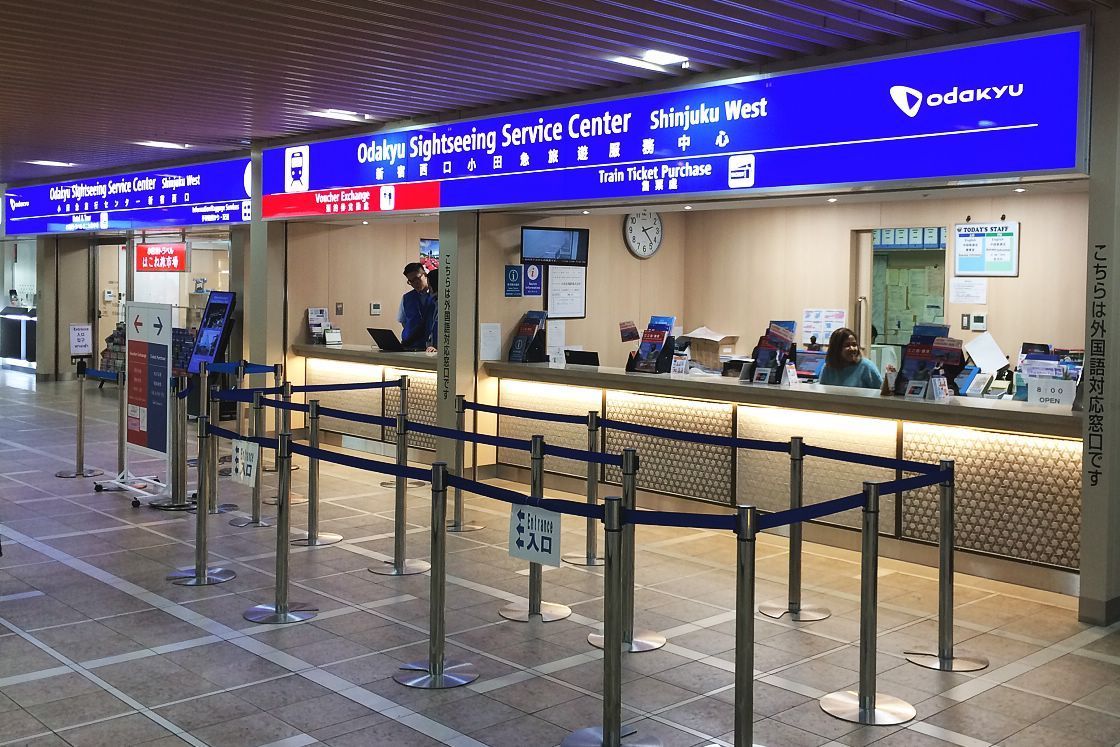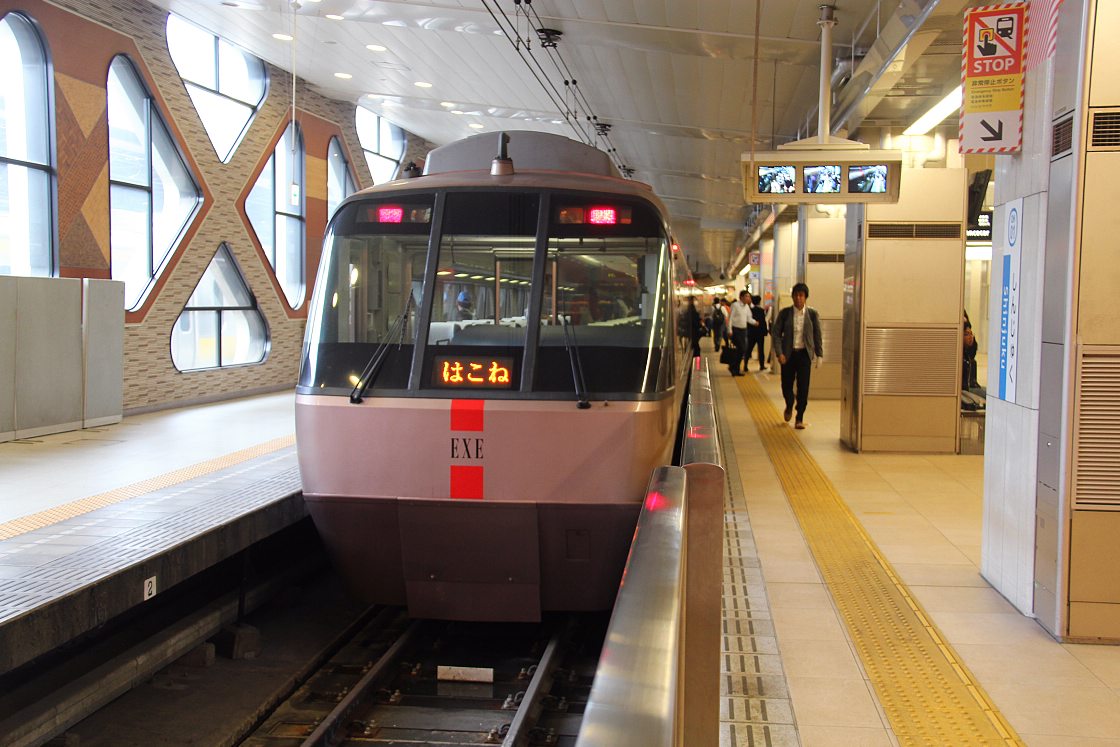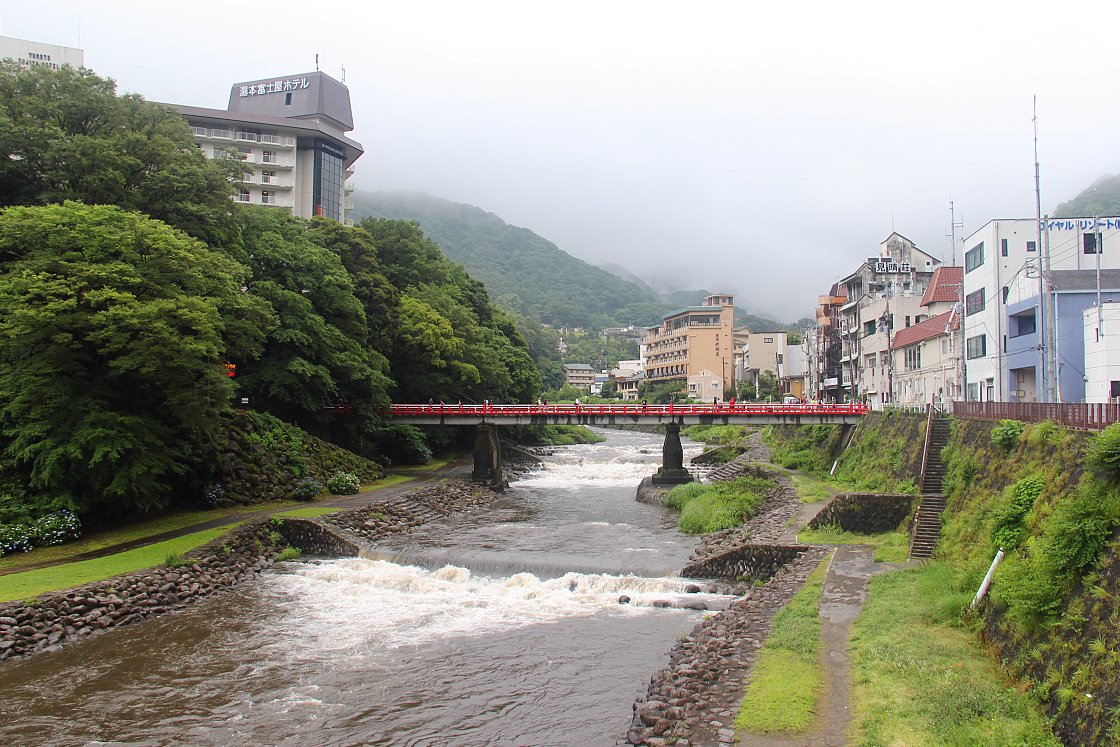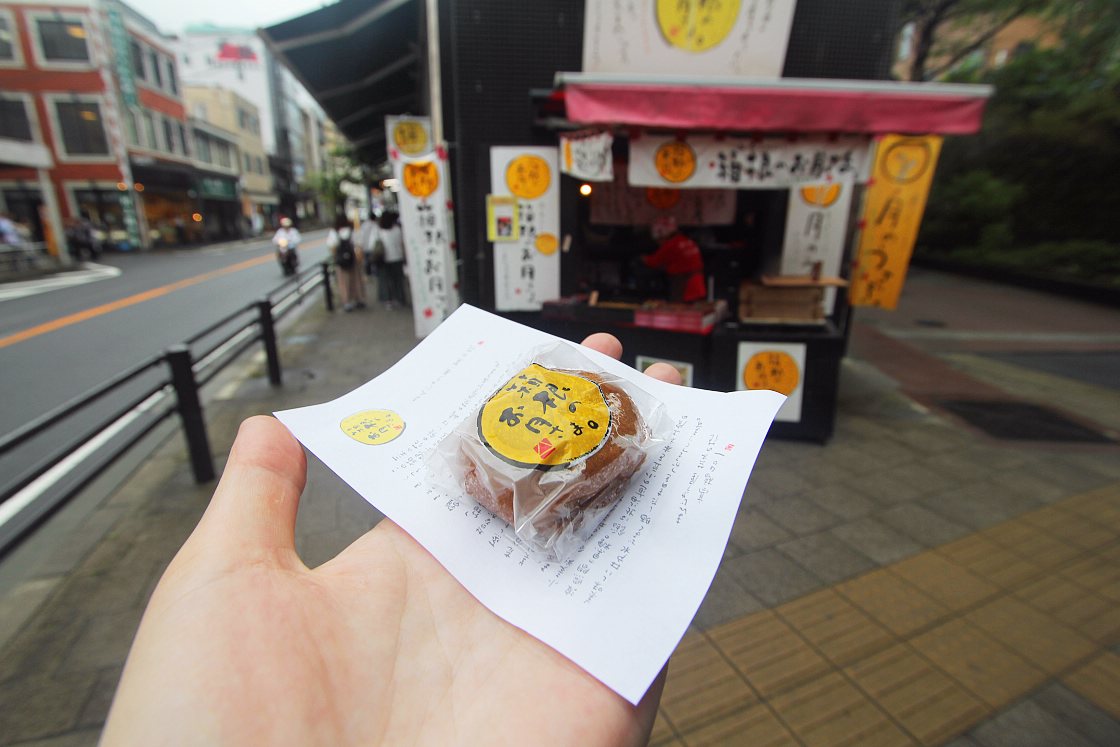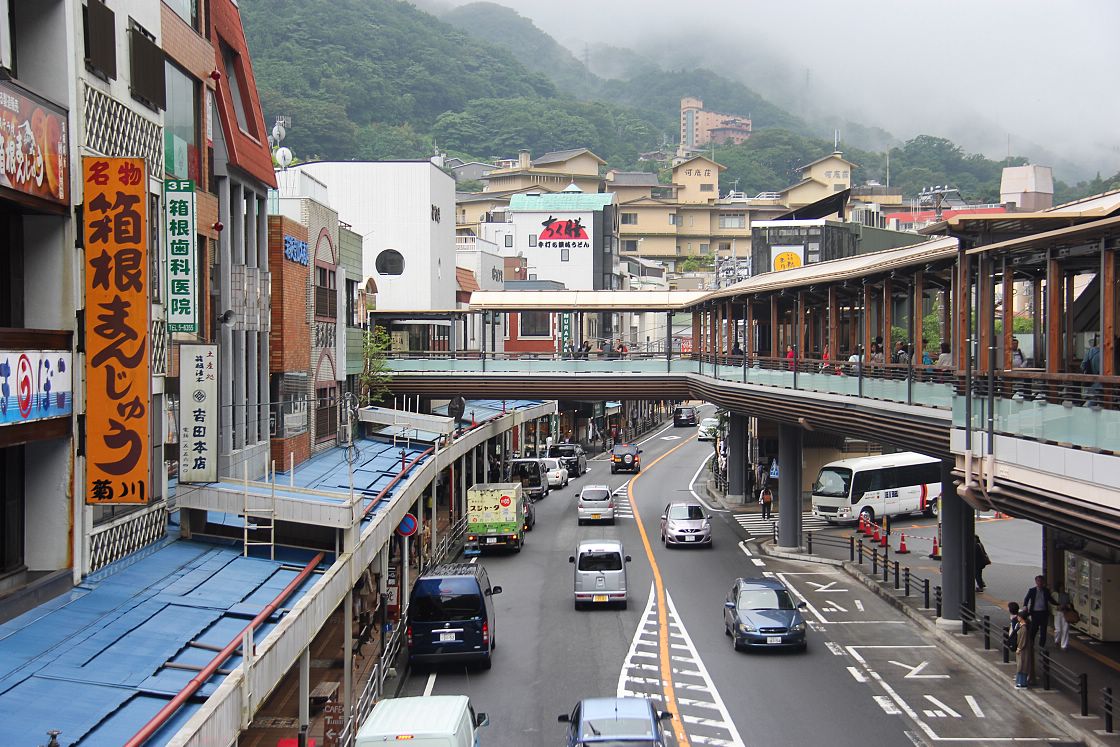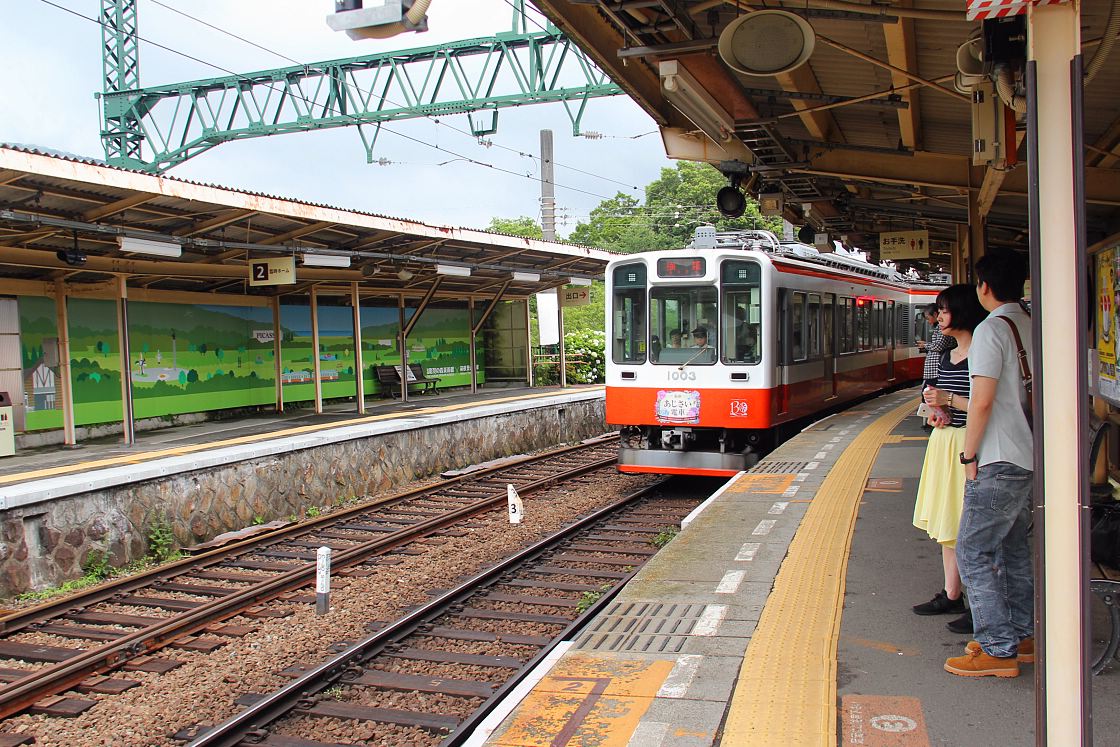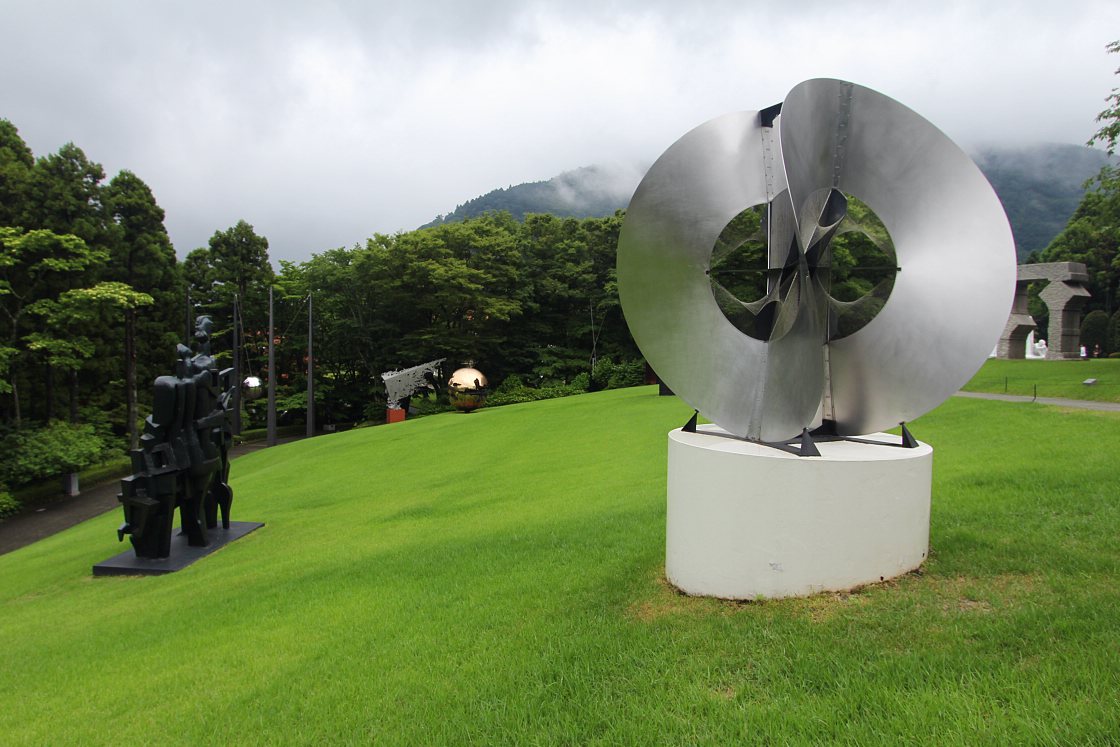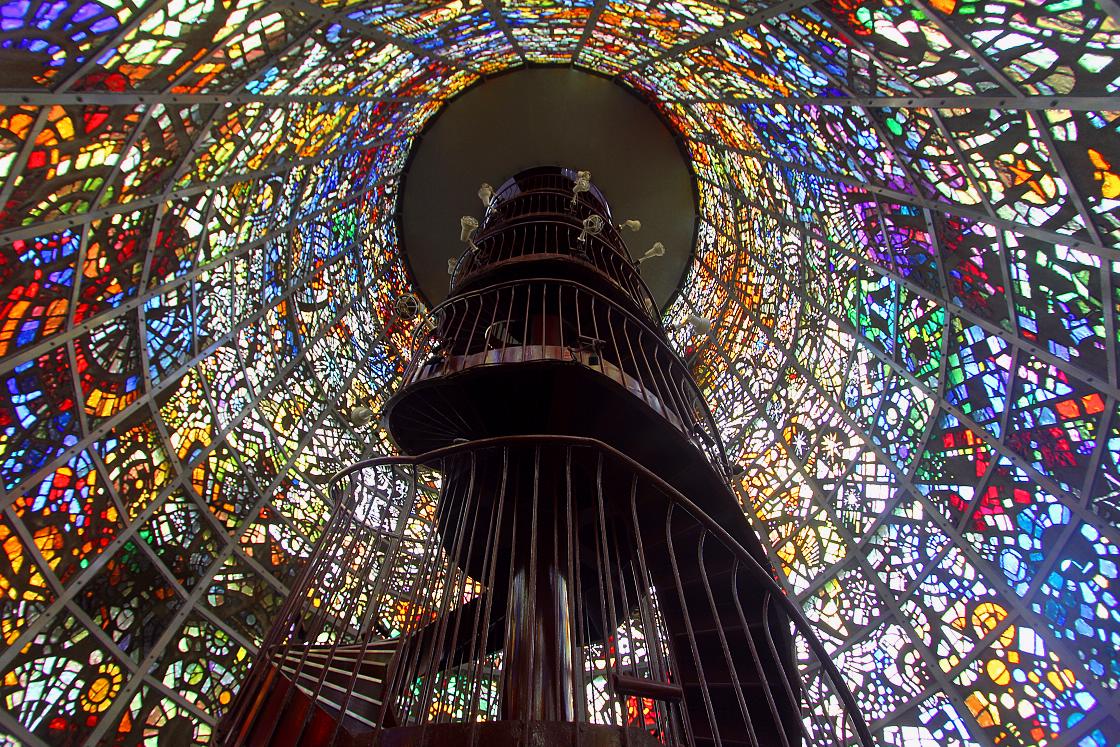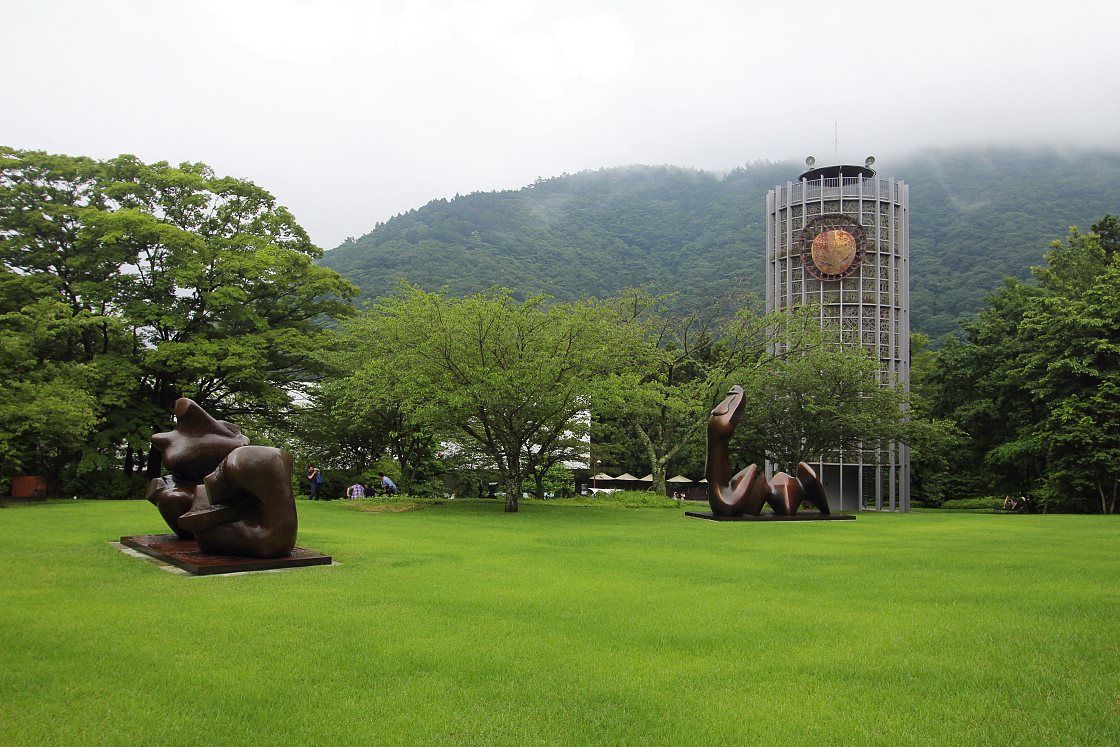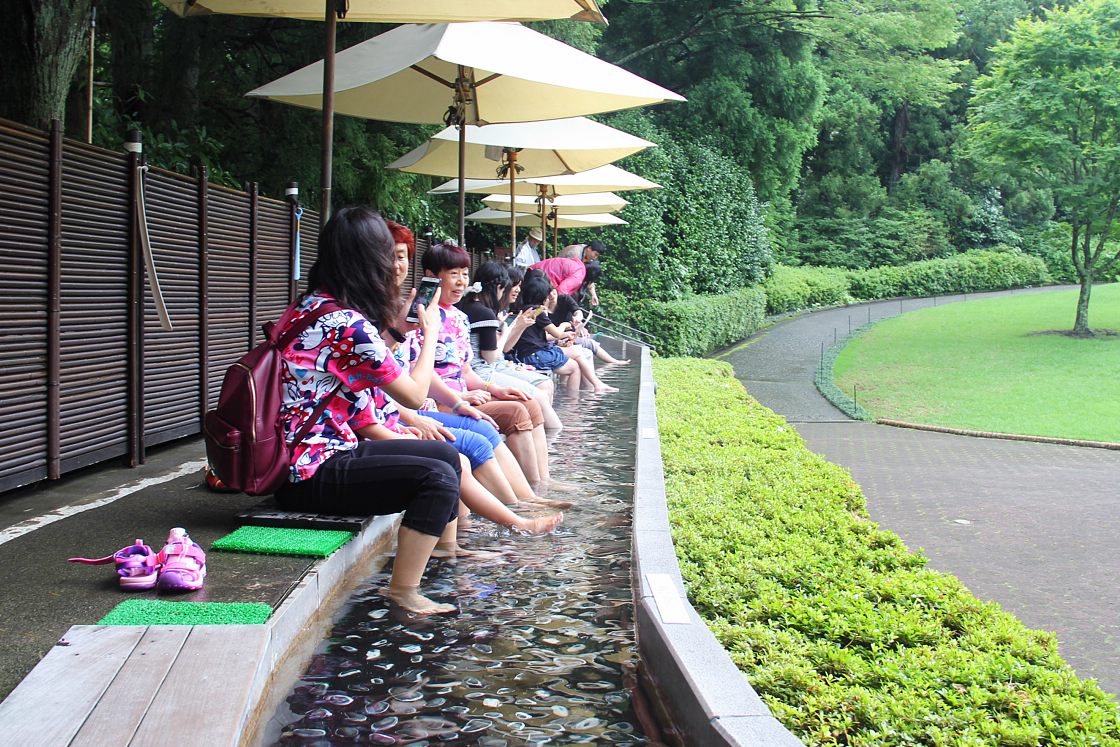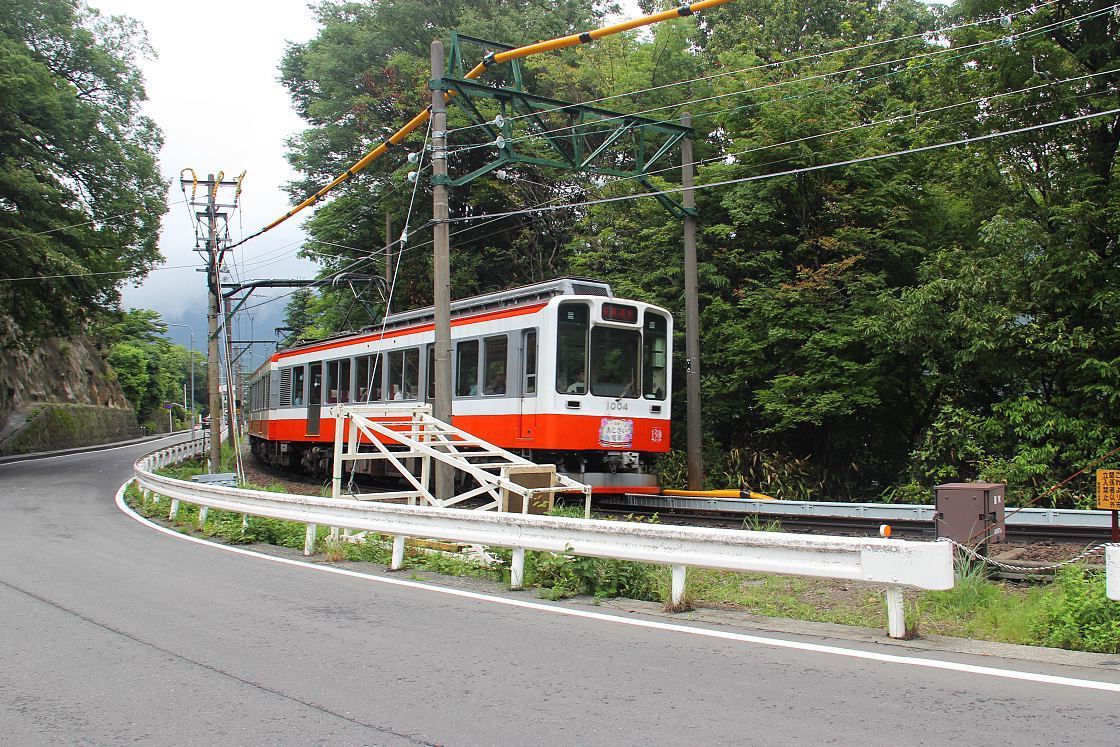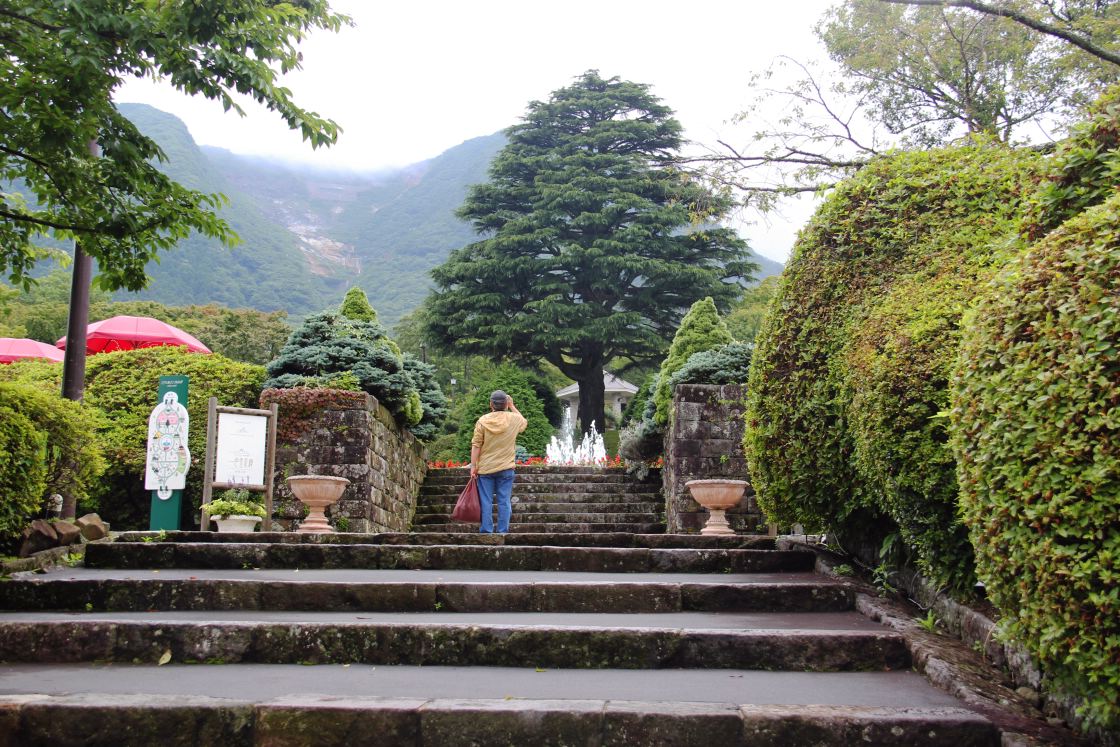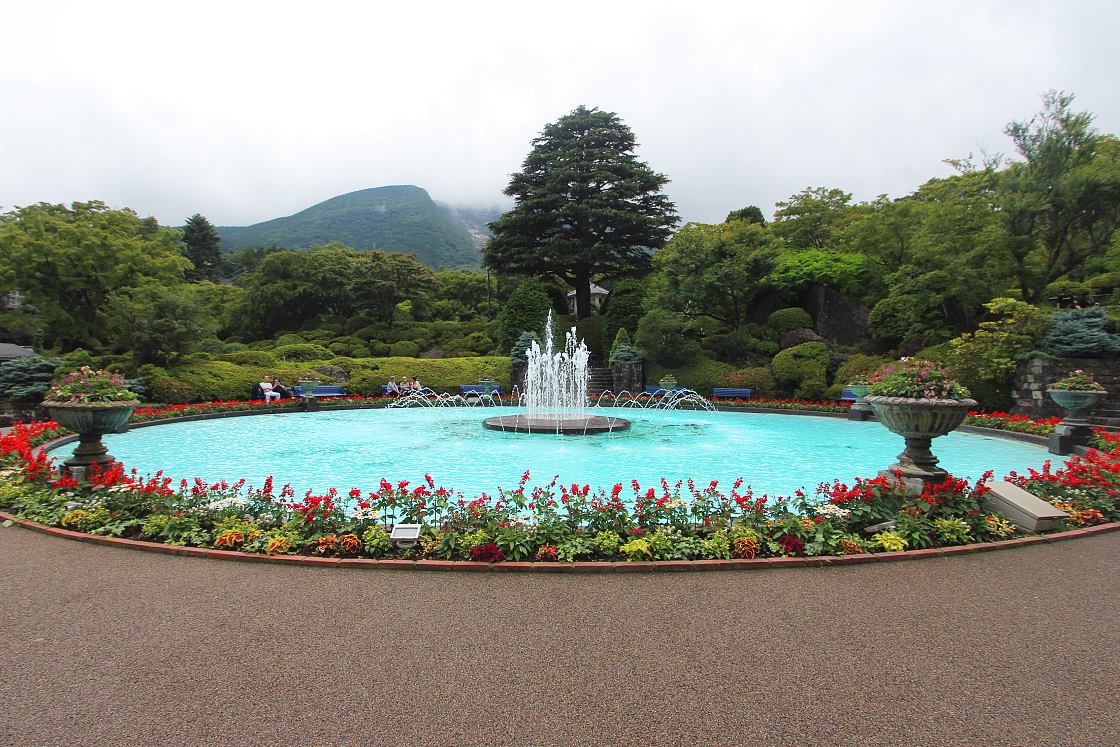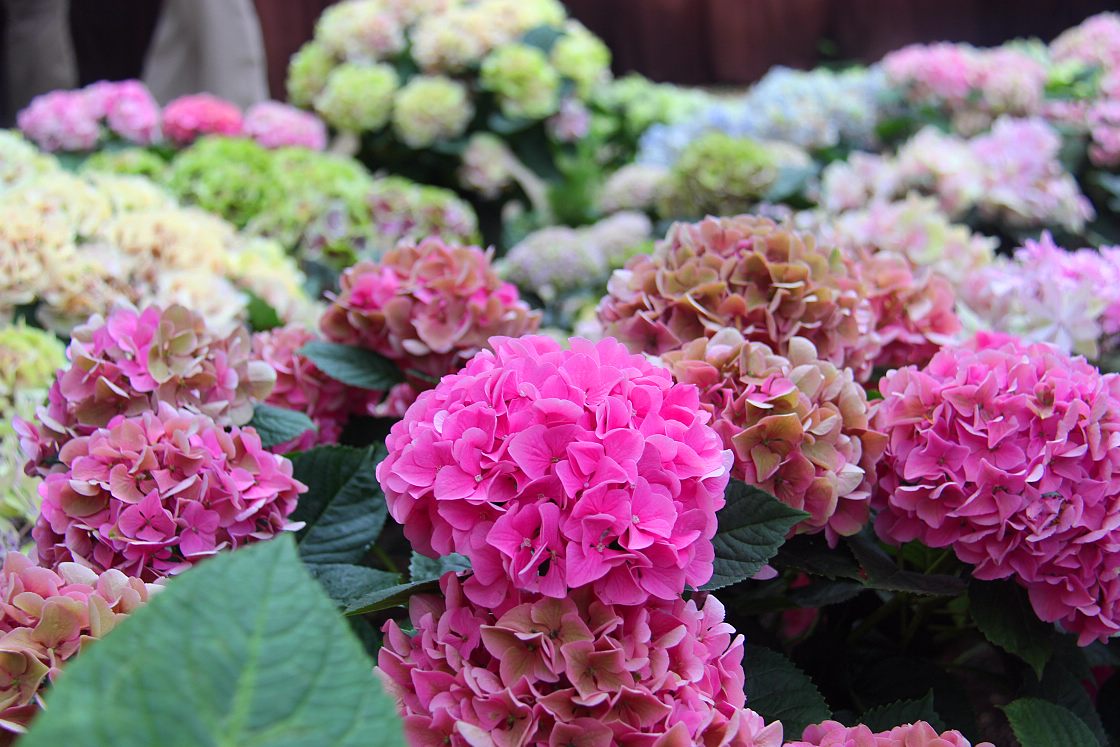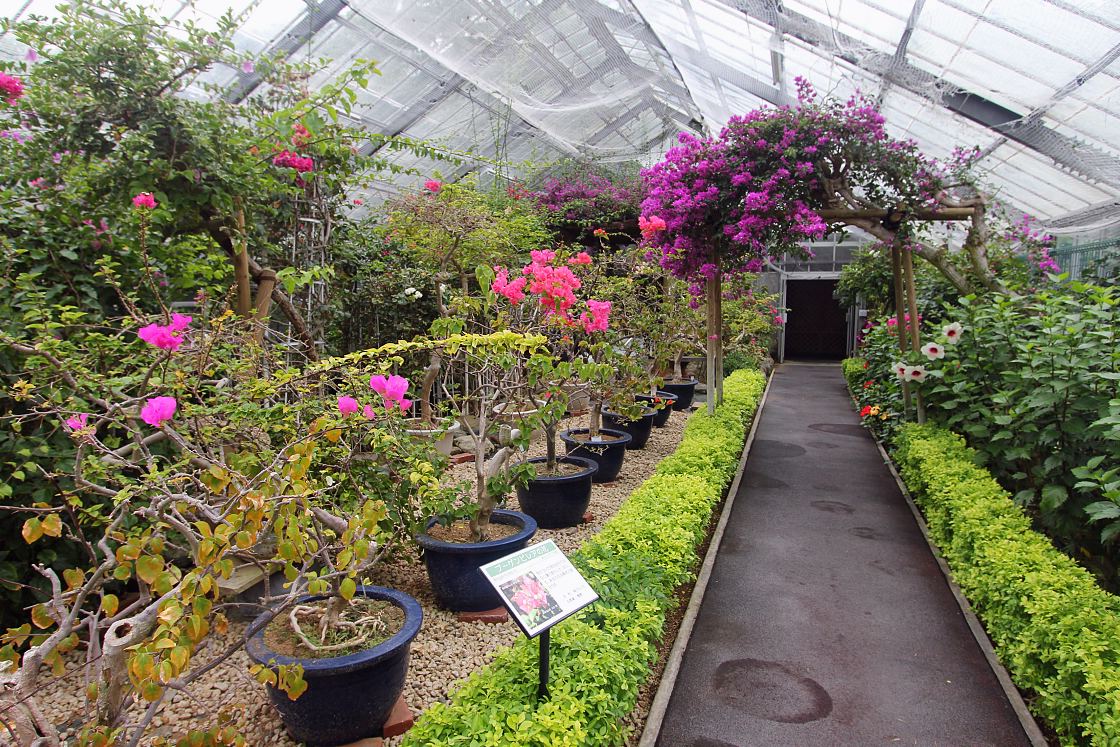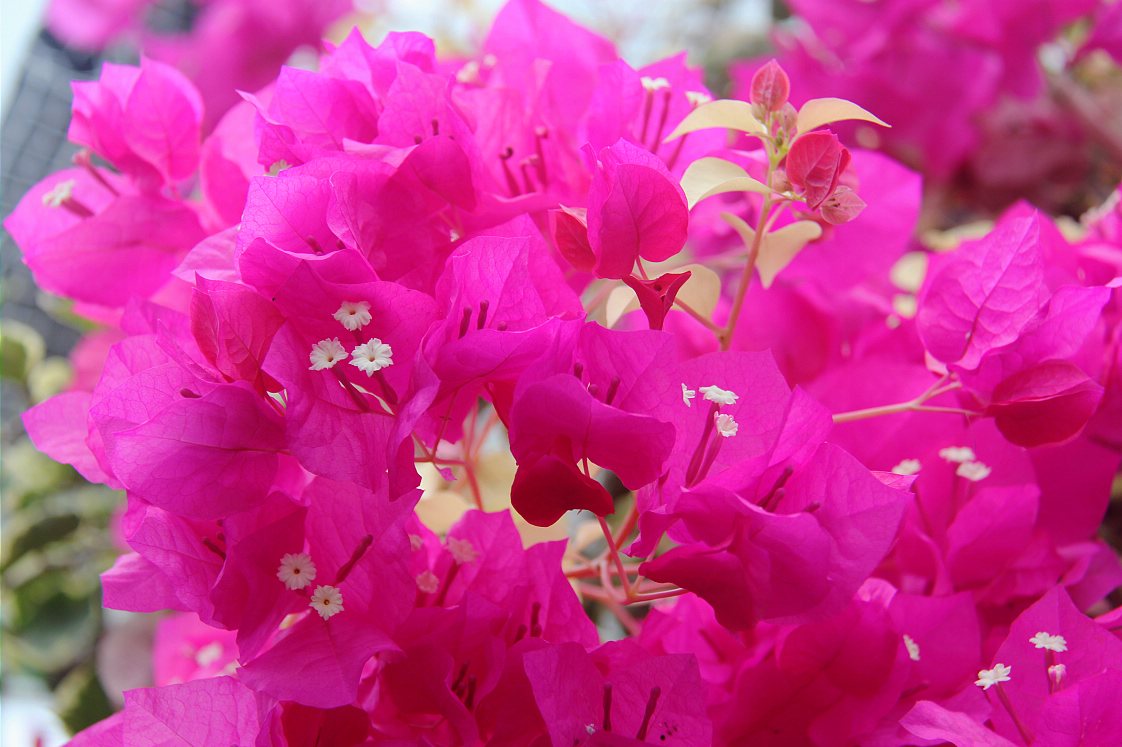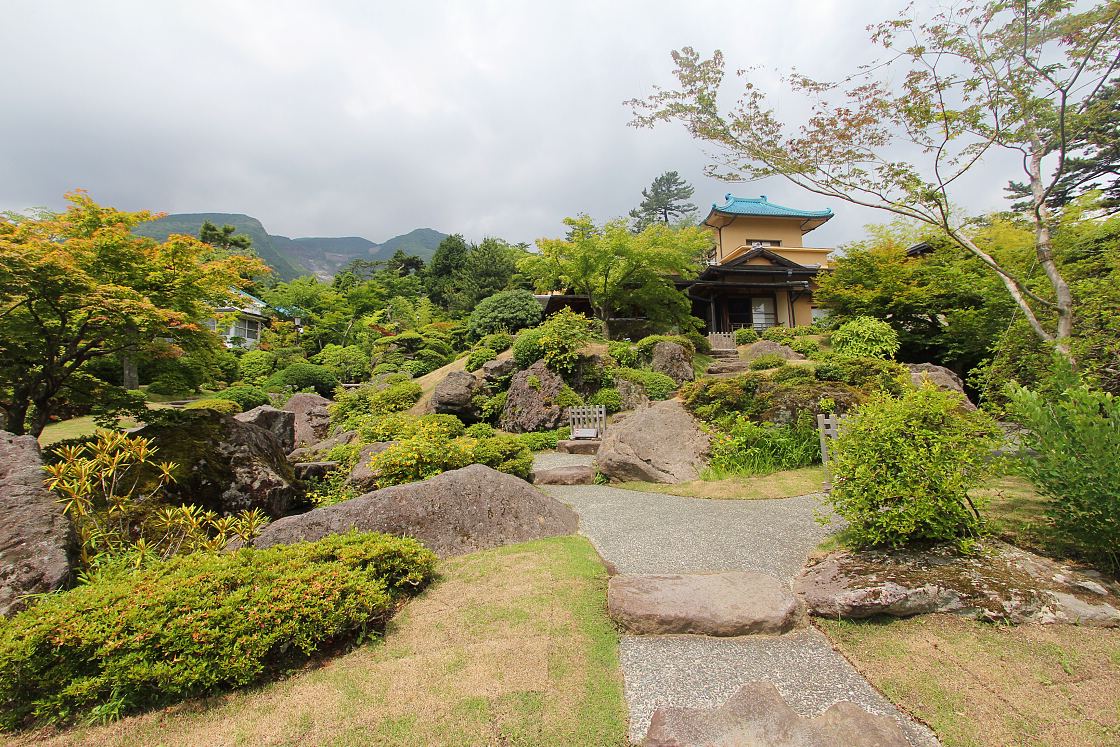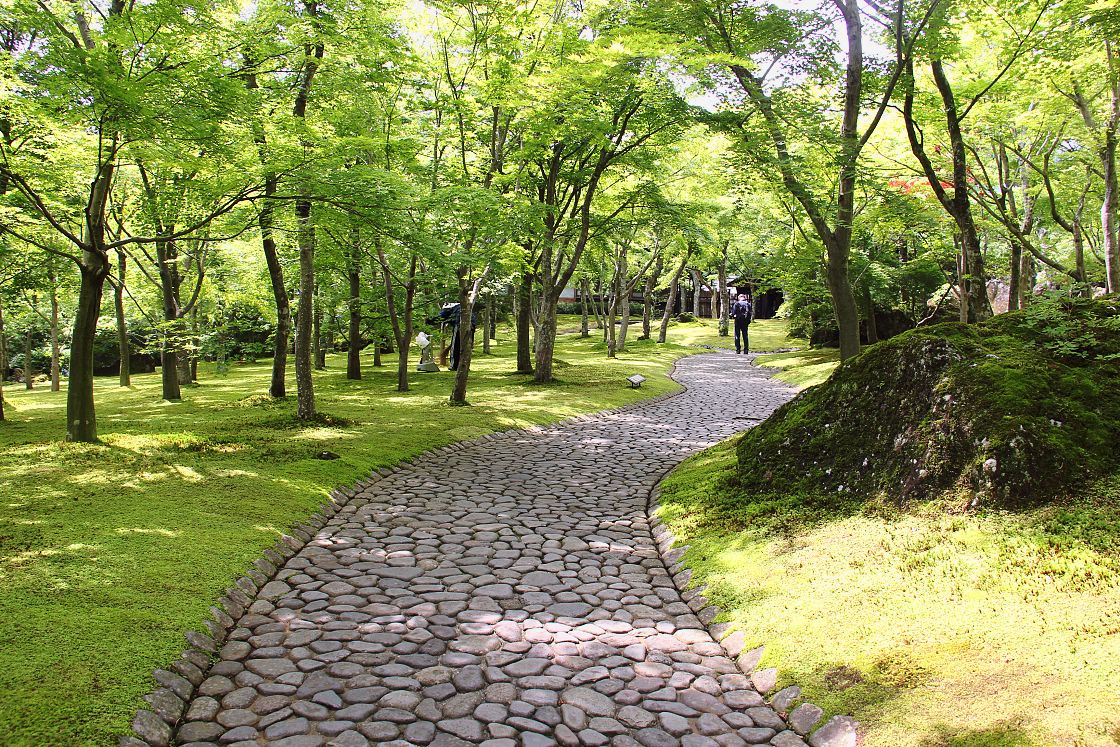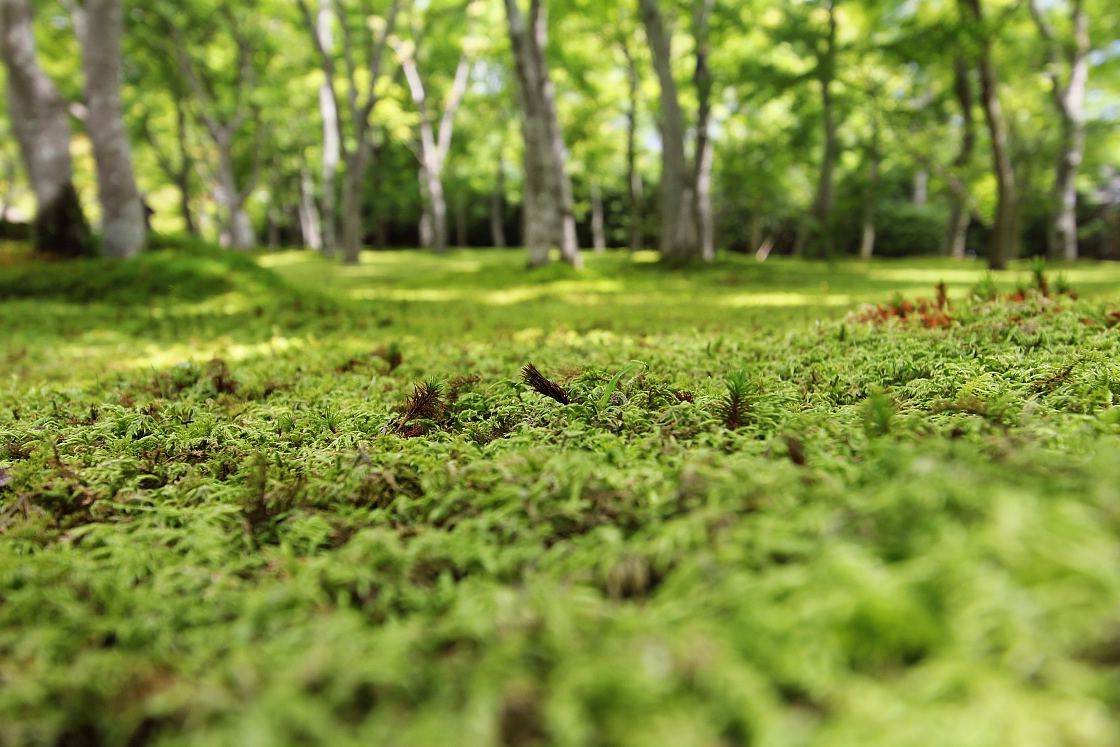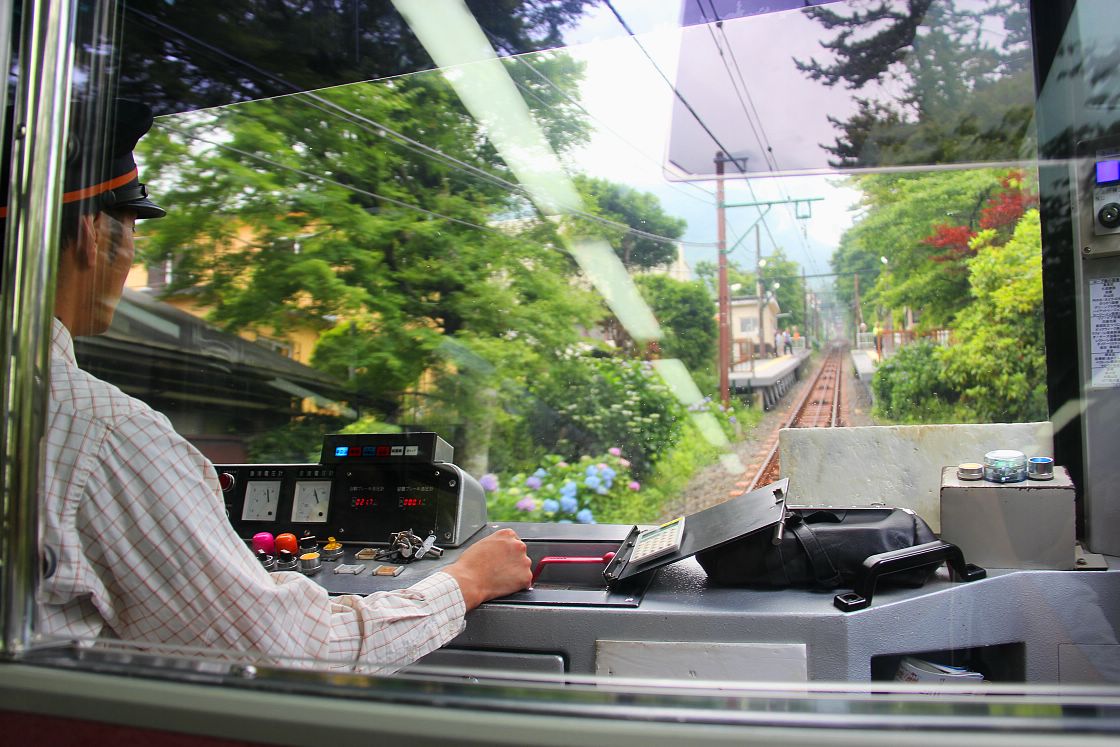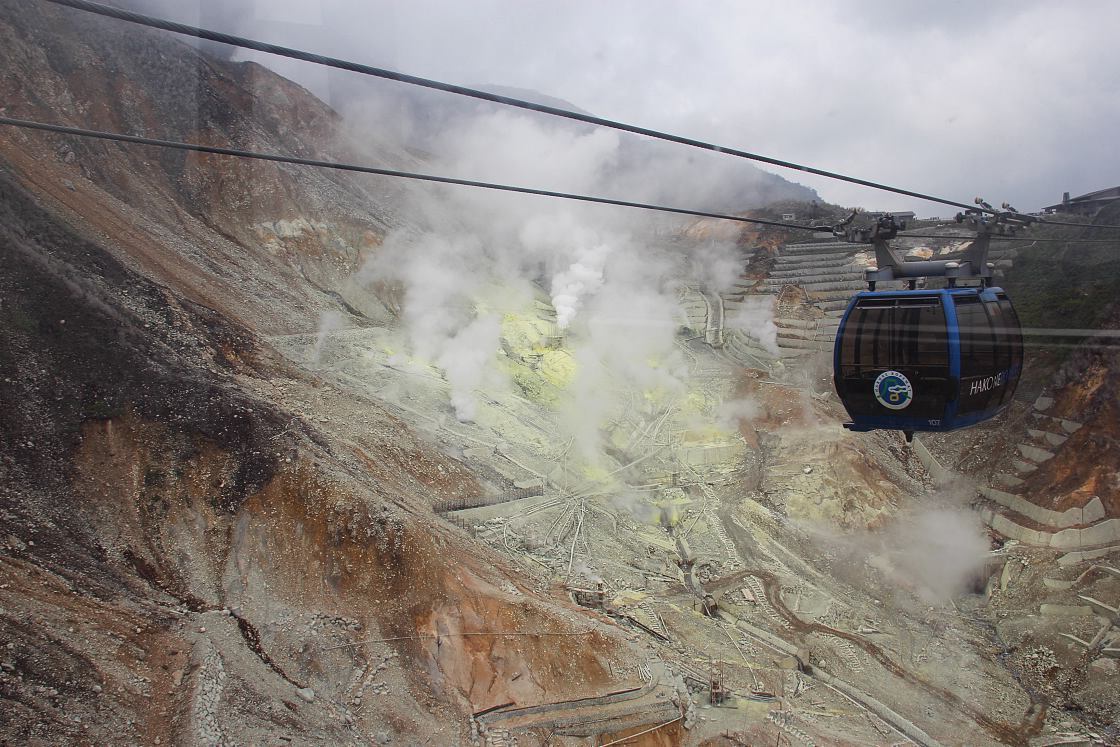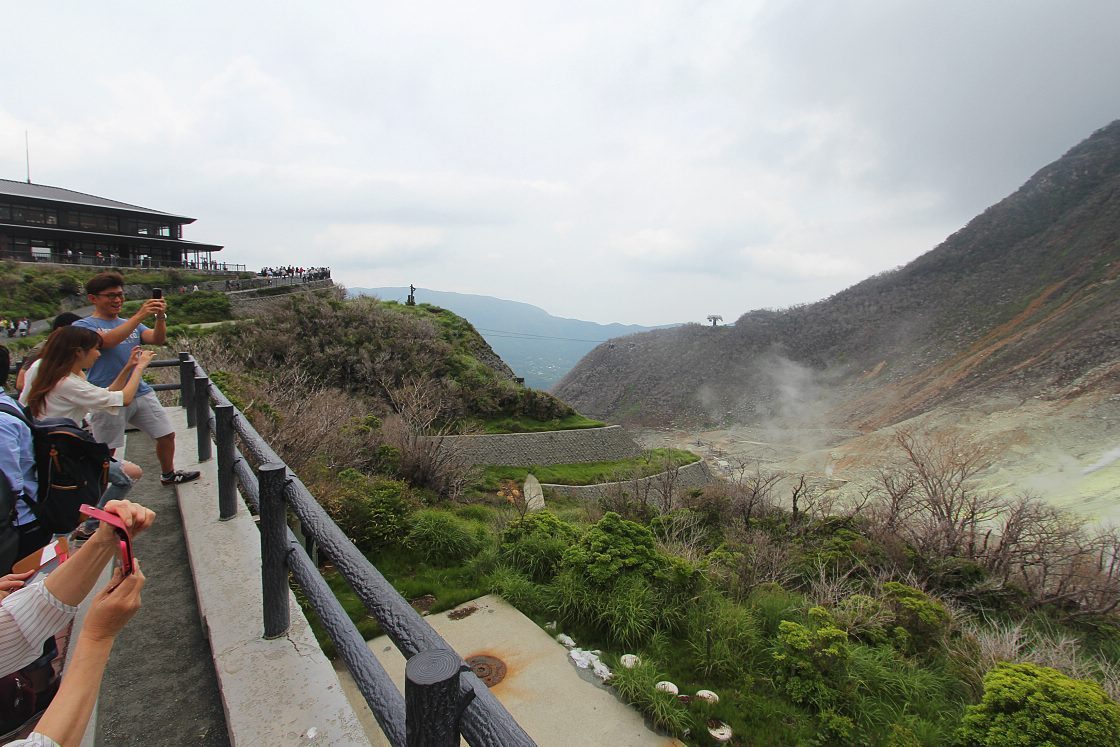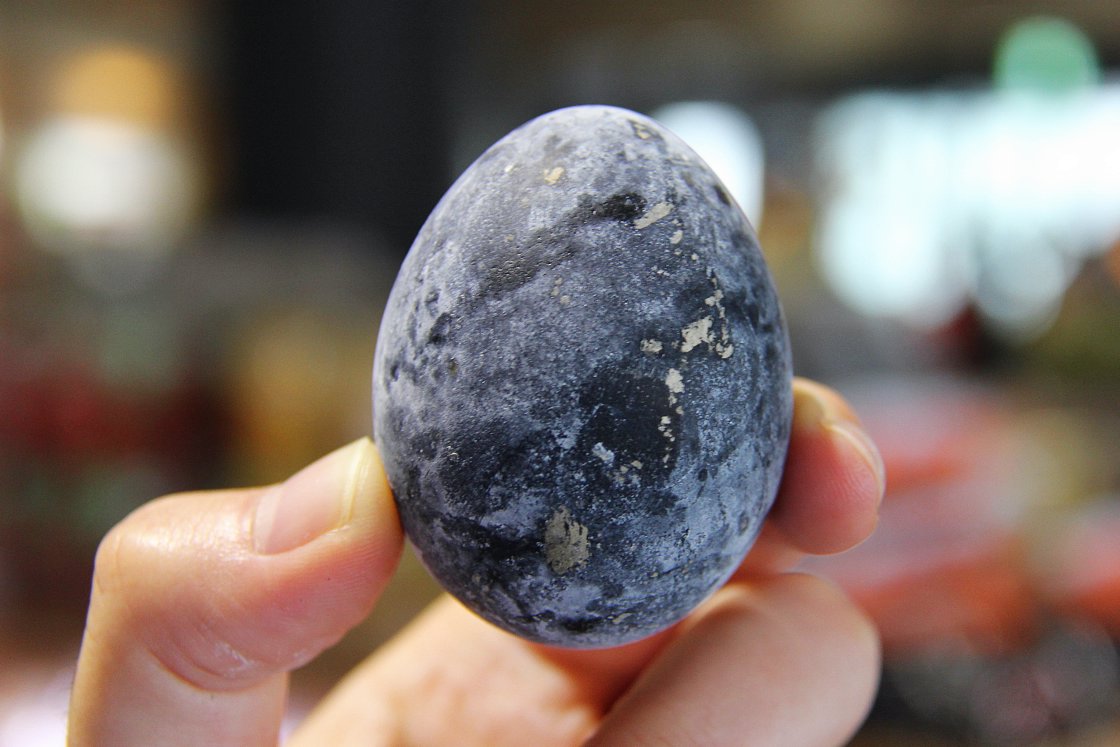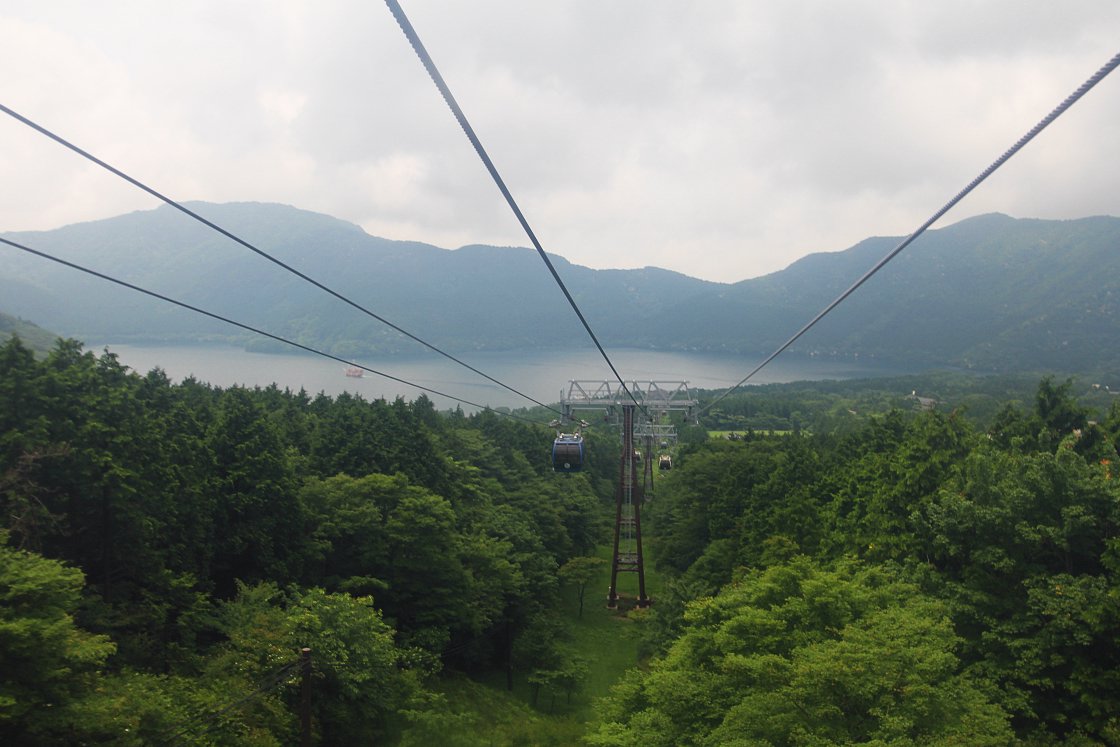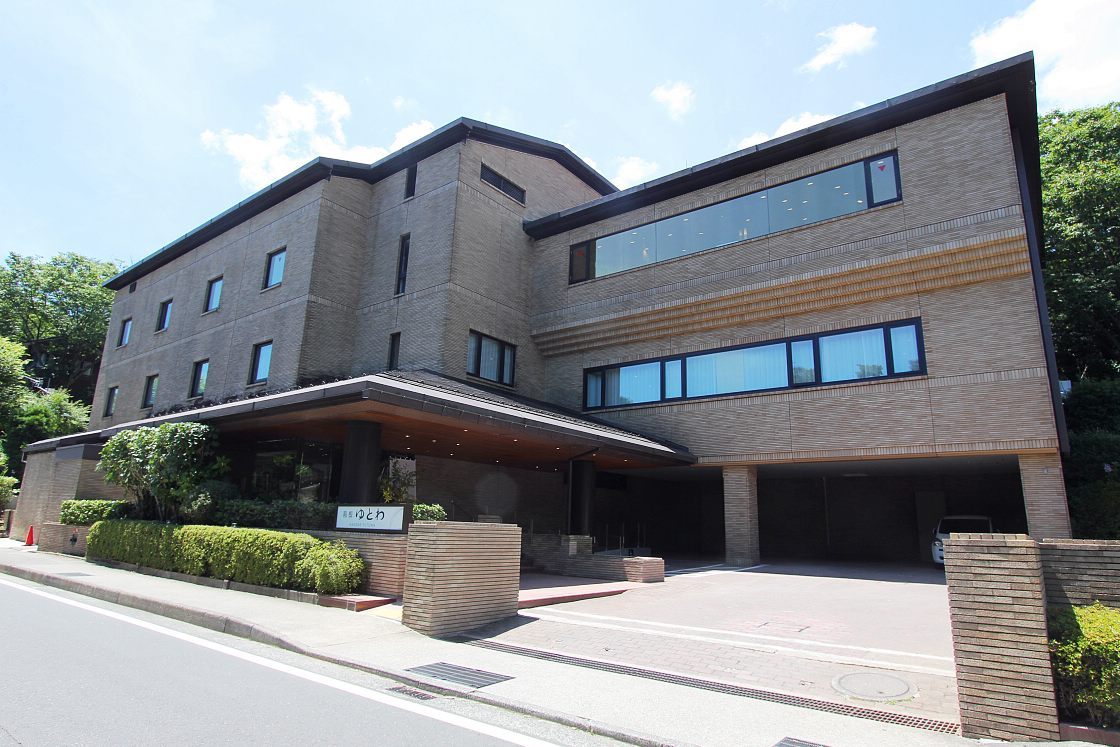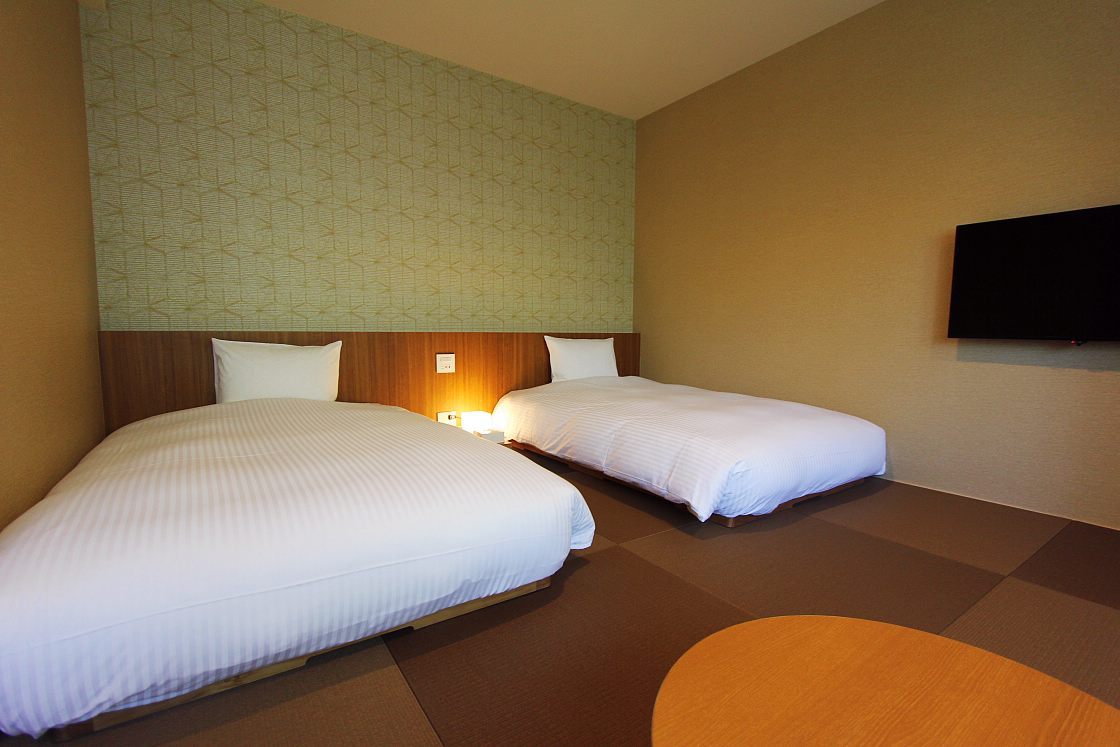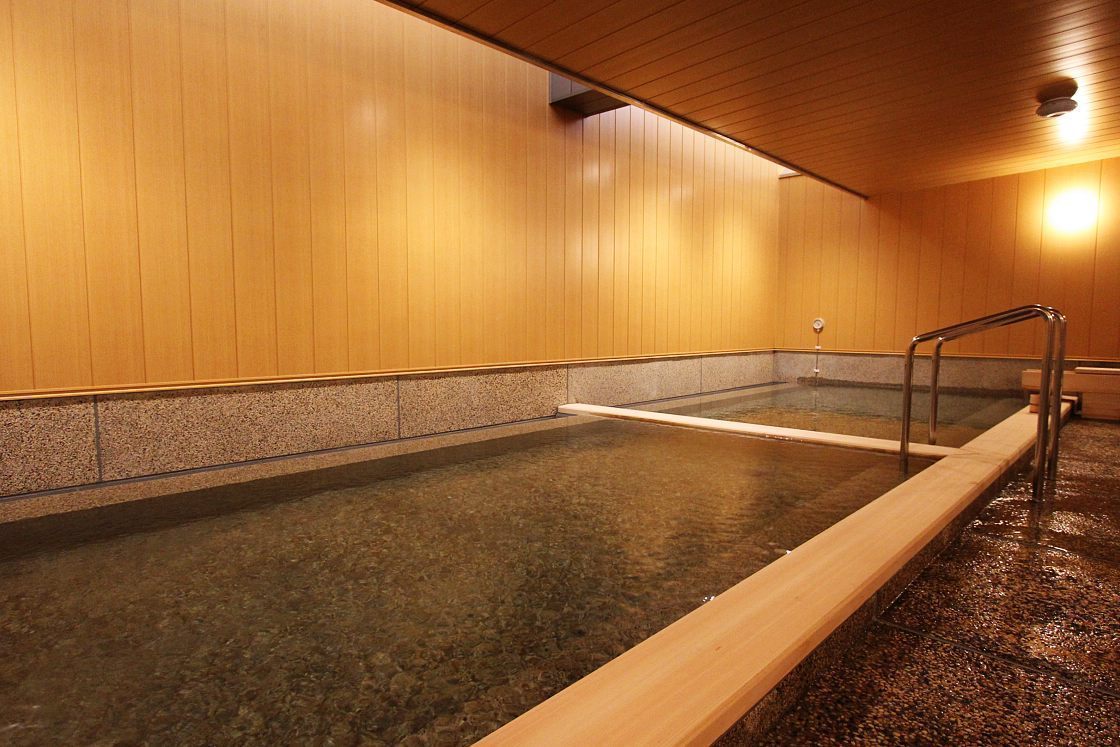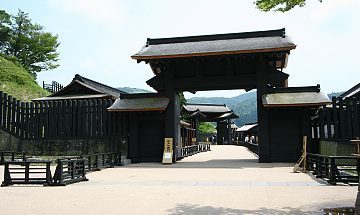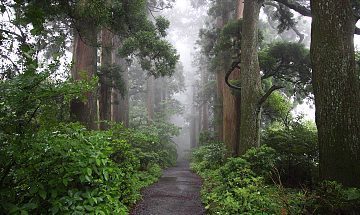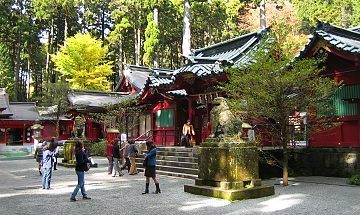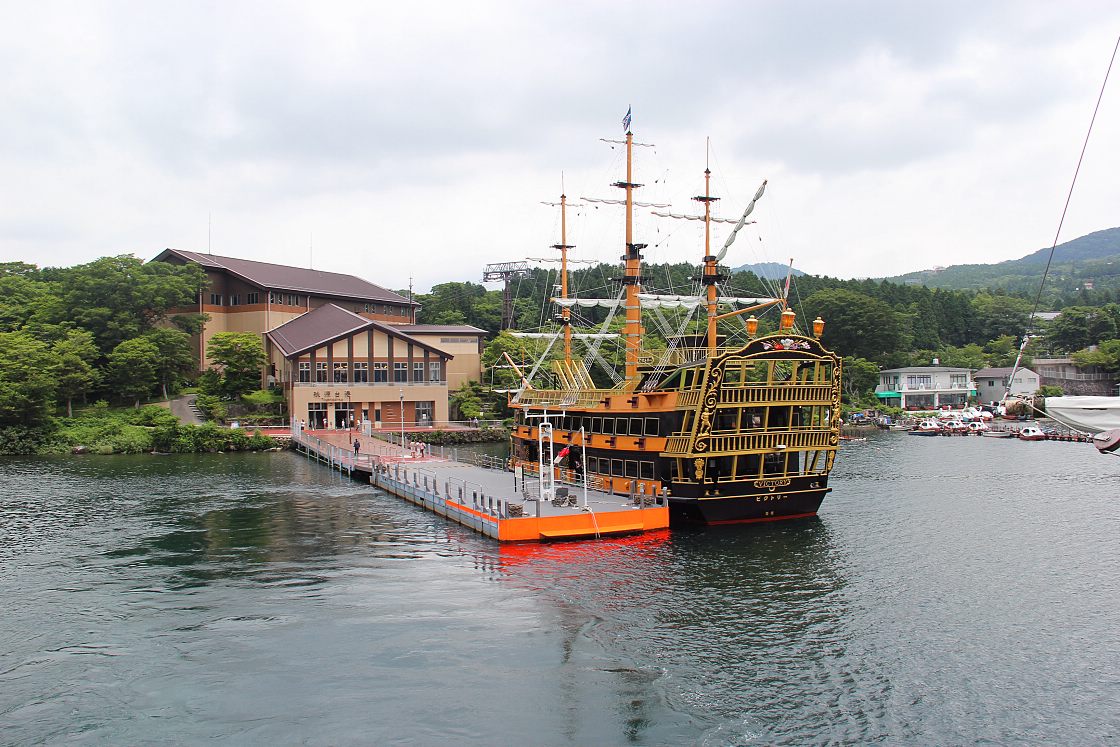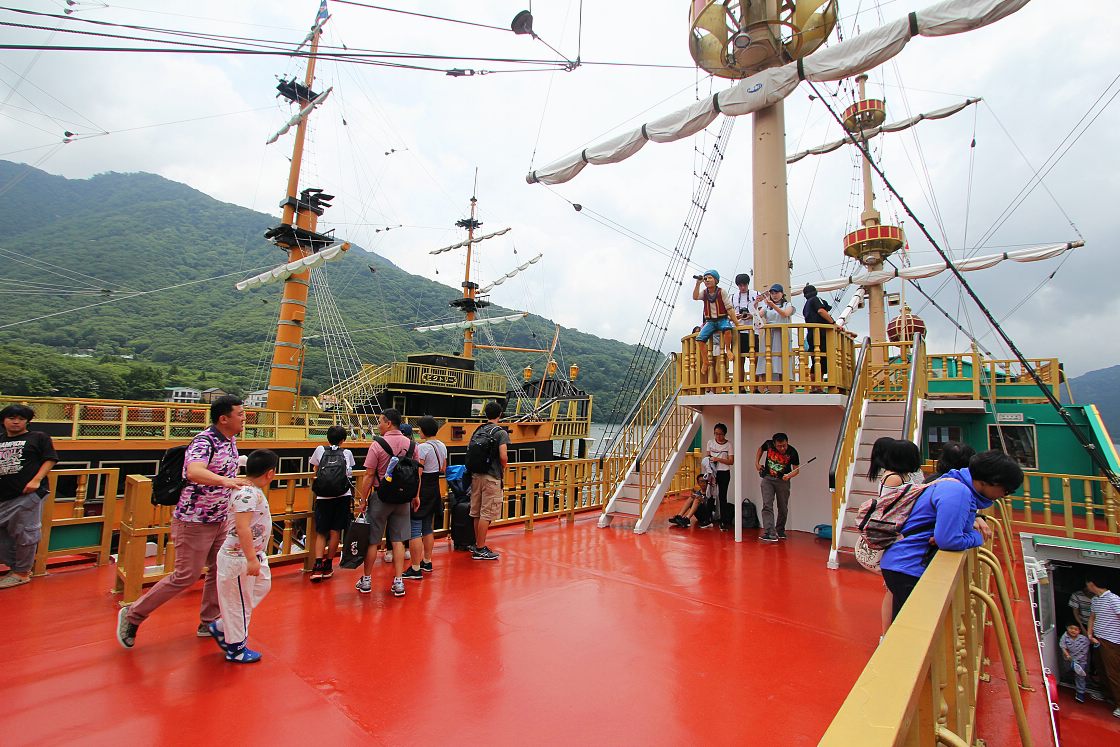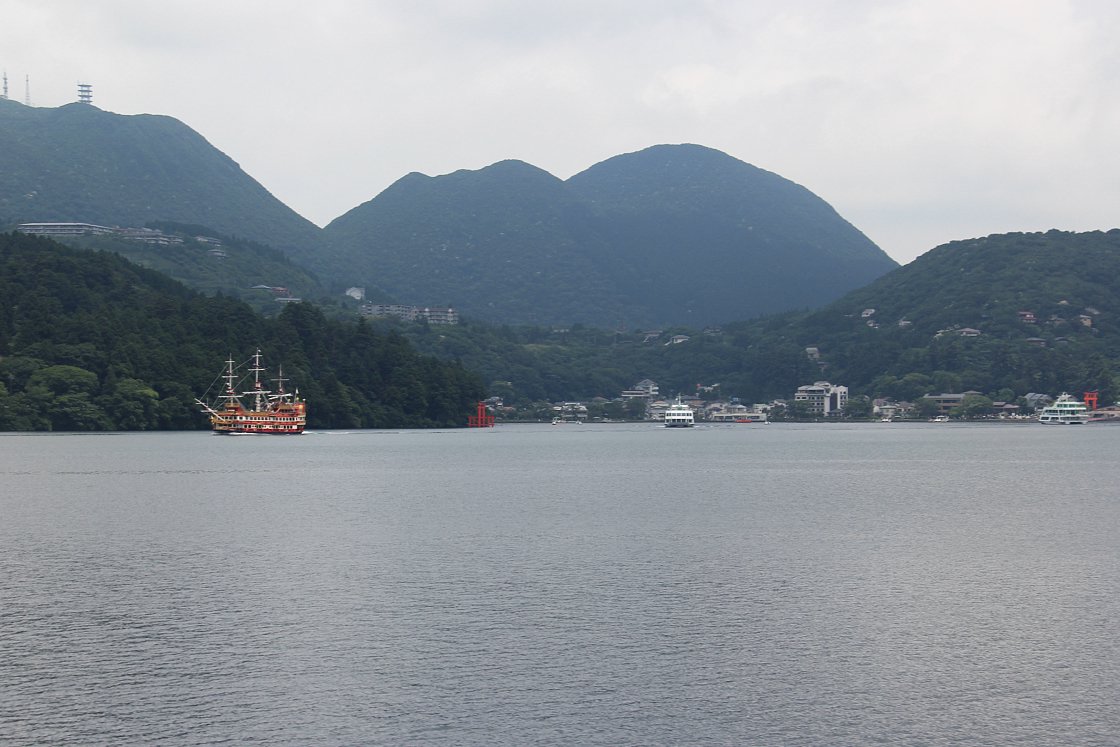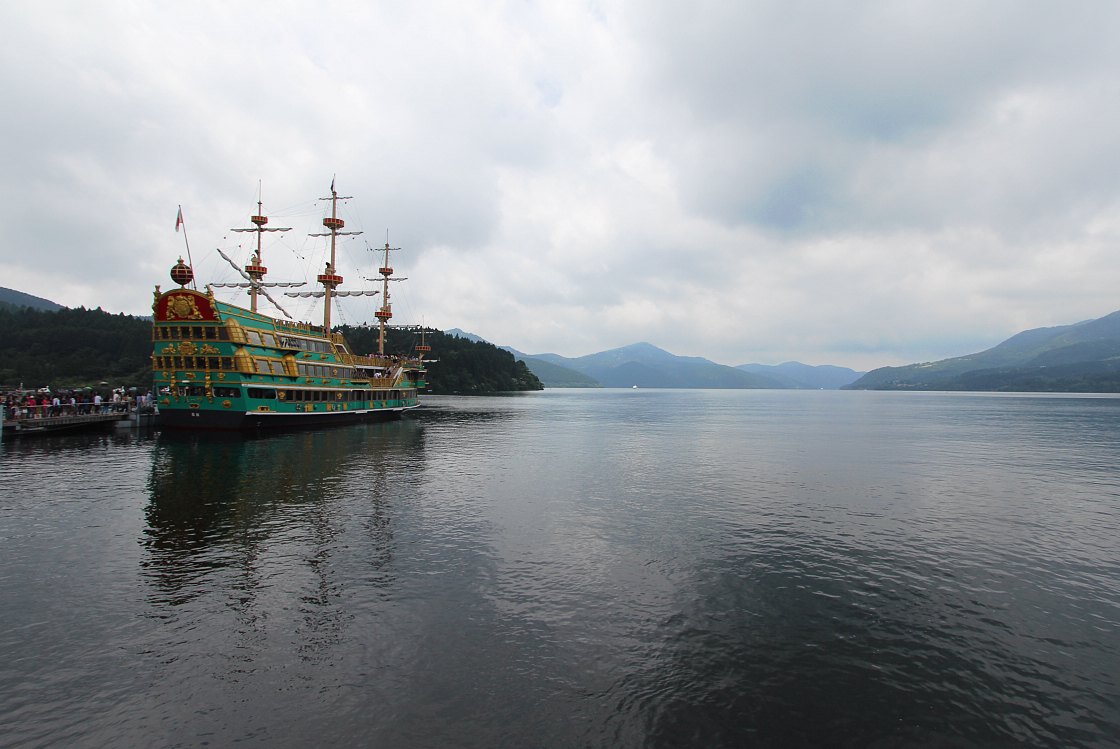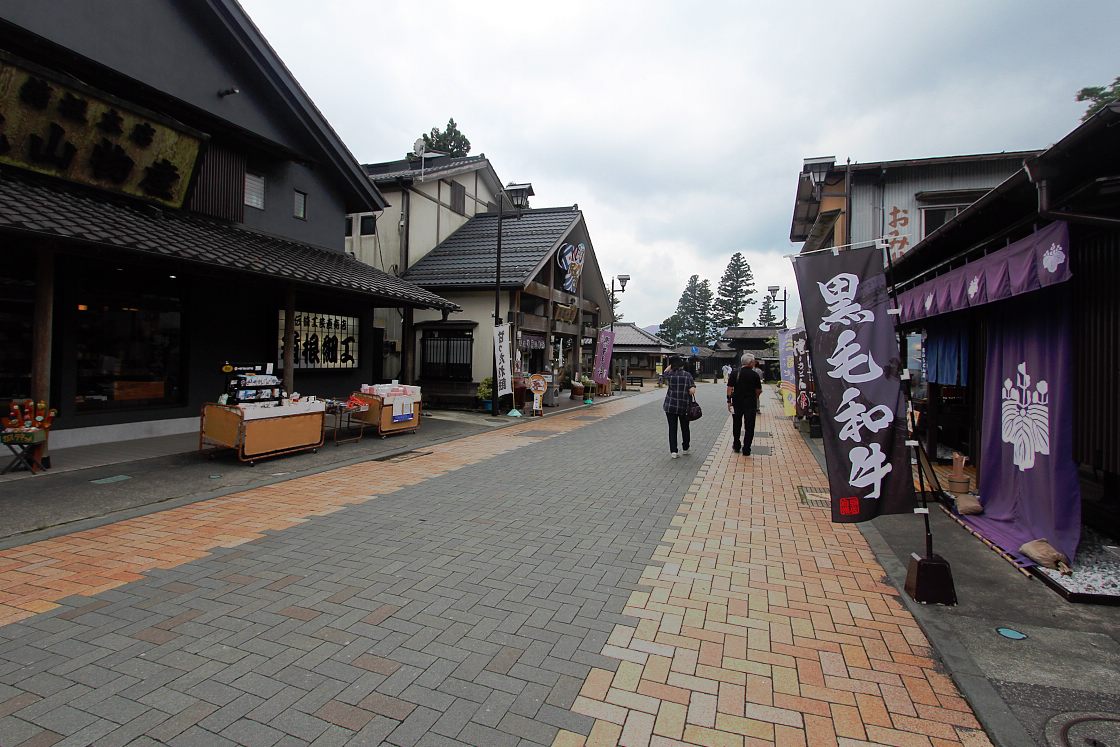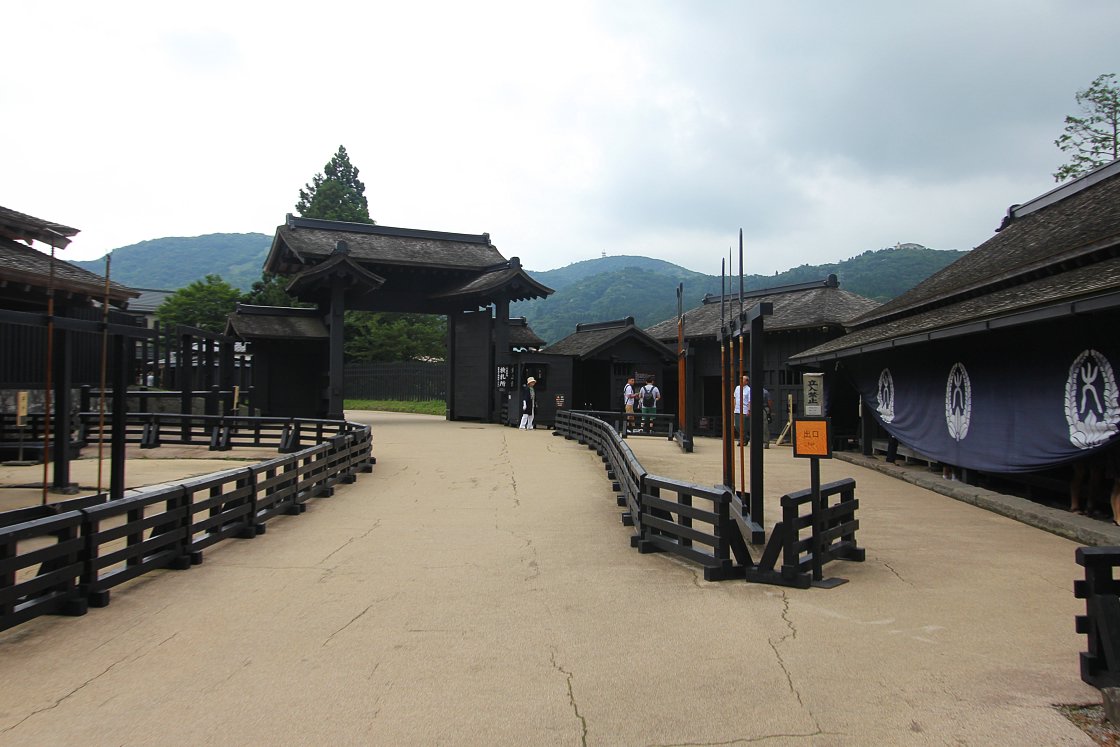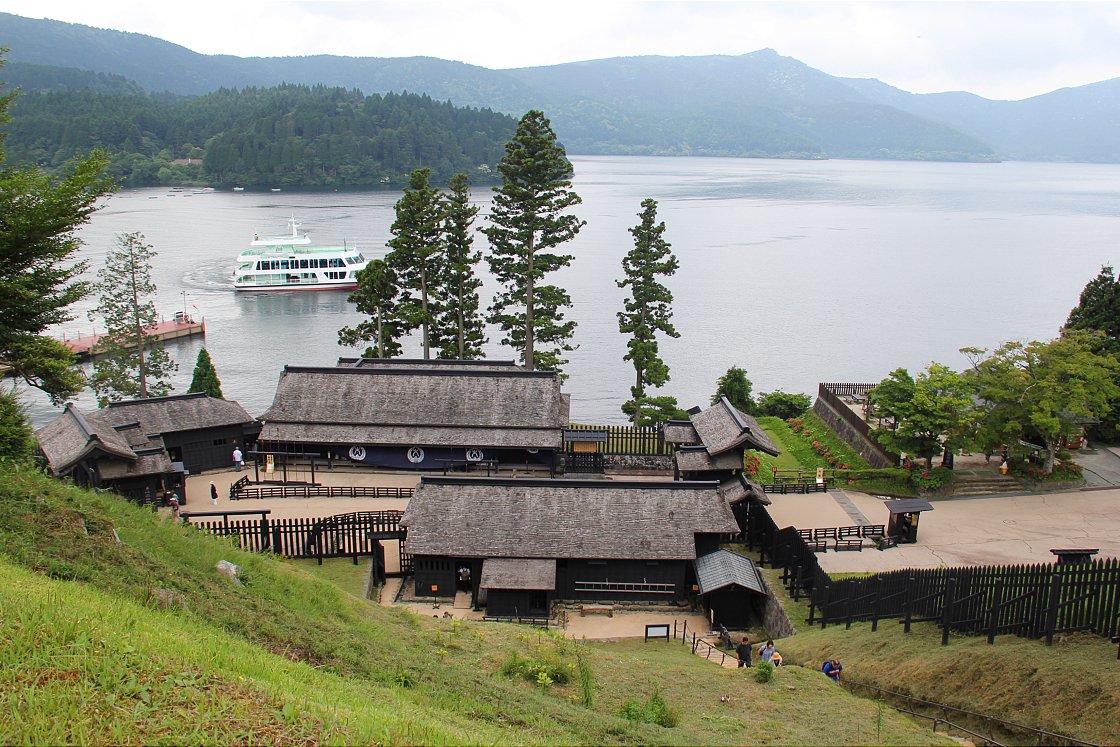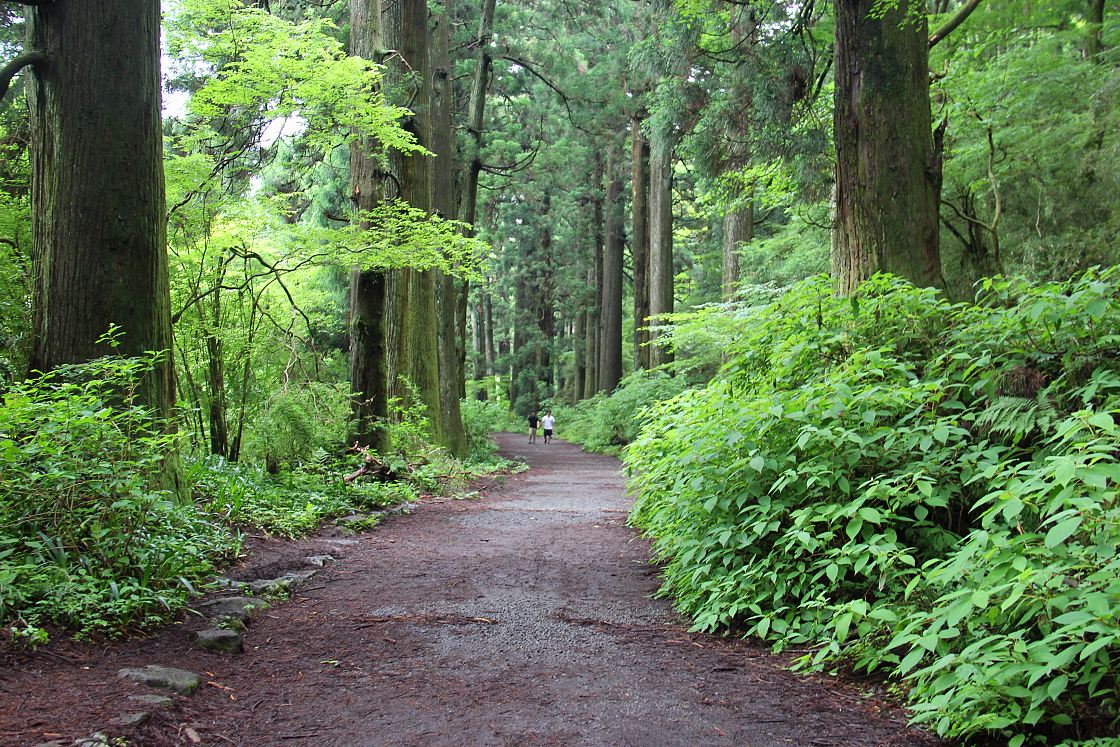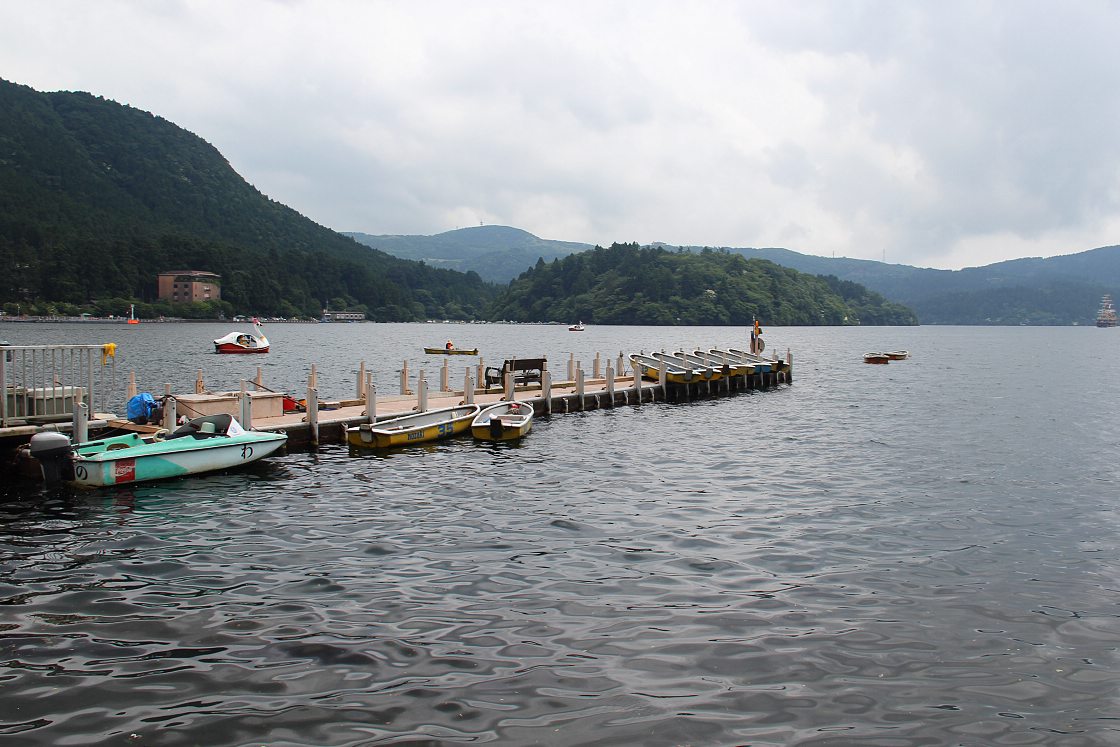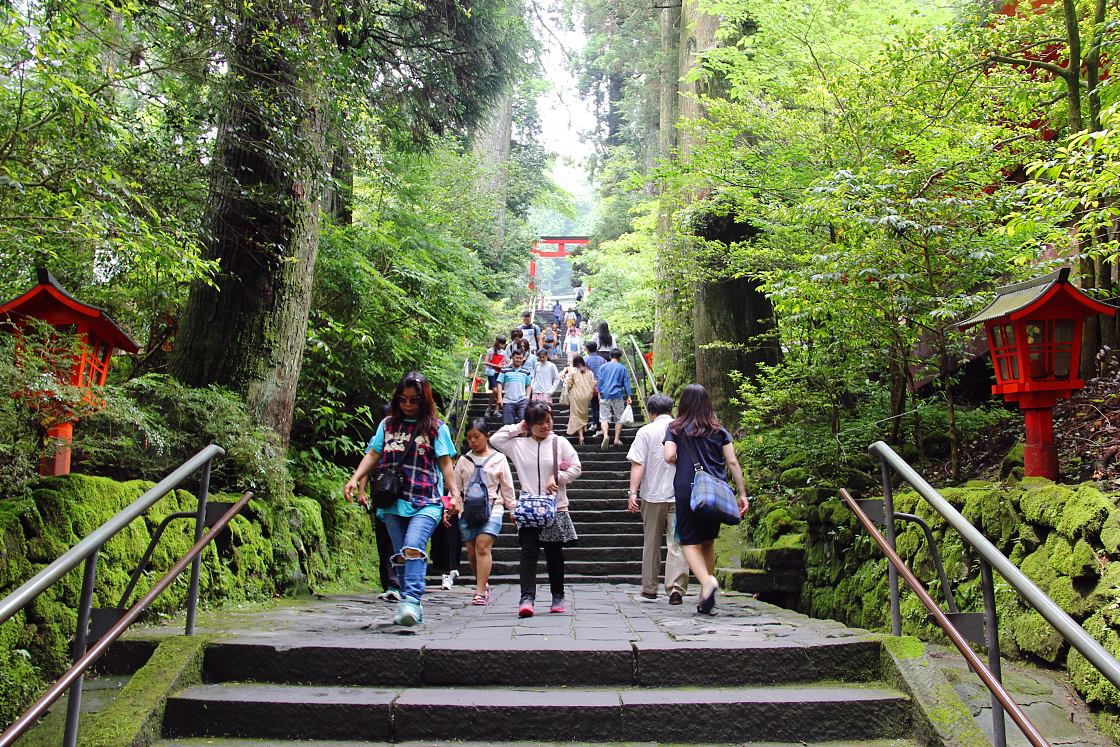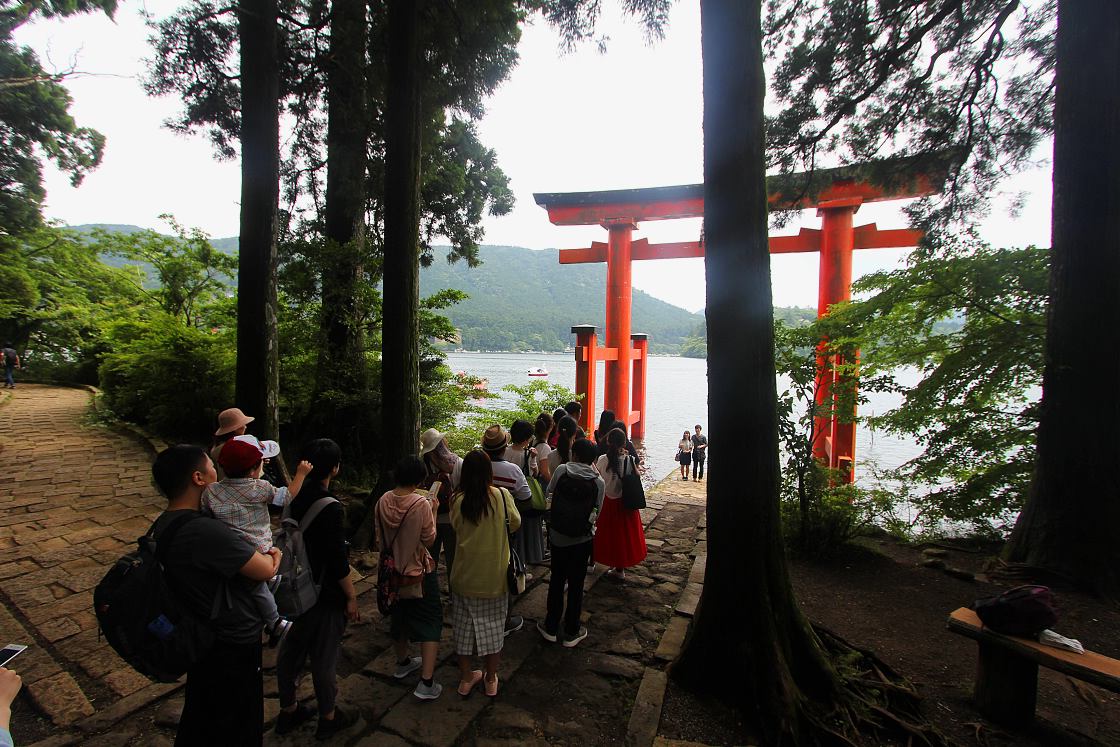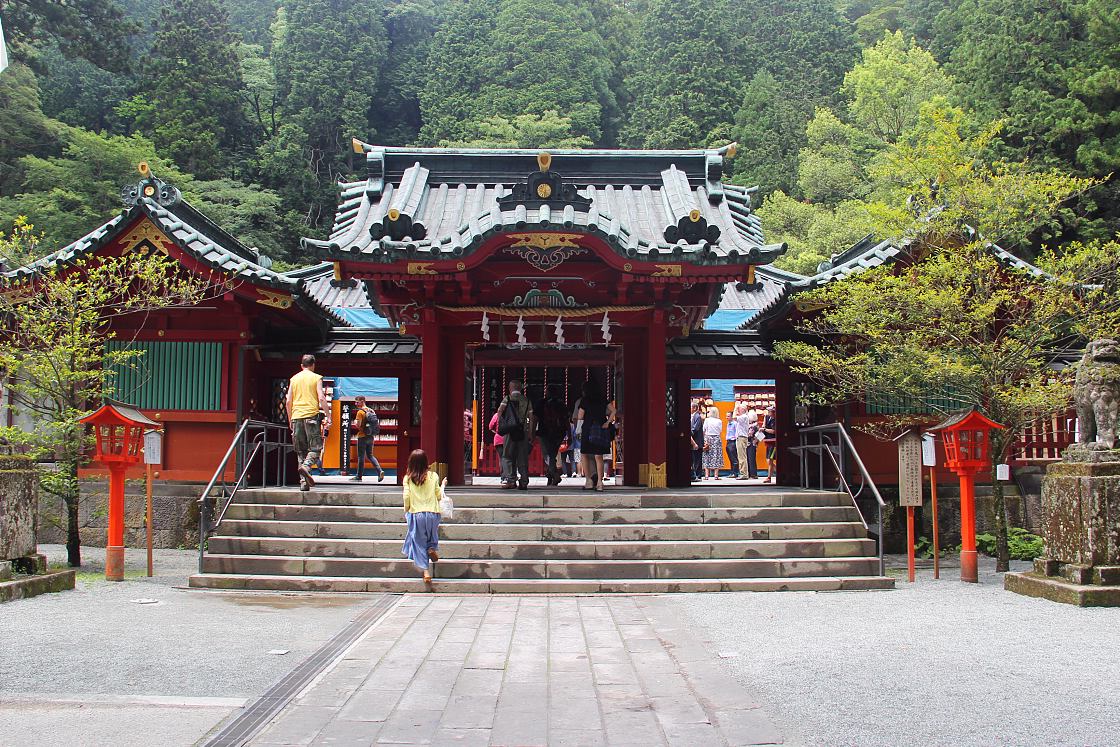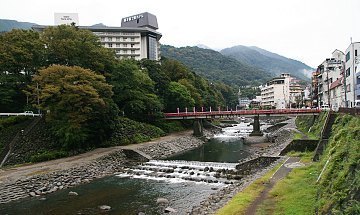
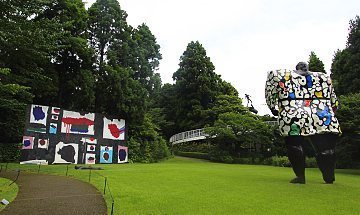
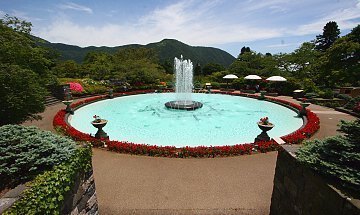
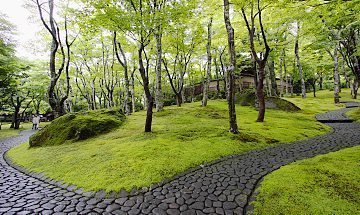
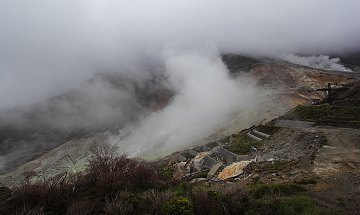
Among Japan's most loved national parks, Hakone is a wonderland of hot springs, lakes and mountains that also contains many cultural attractions including museums, galleries, picturesque parks and more. Nestled in western Kanagawa Prefecture, this rural gem is easily reachable from Tokyo, making it an ideal destination for those wanting to escape the hustle and bustle of the big city and get lost in nature.
One of the best ways to enjoy Hakone is with the Odakyu Hakone Free Pass, a pass that affords holders significant discounts on transport to and around Hakone and many of its attractions as well as other perks. To be precise, the pass, which costs 5140 yen for the two-day and 5640 yen for the three-day version, offers unlimited use of Hakone's eight main transport networks that include trains, buses, a ropeway, a cable car and a lake cruise, not to mention a round trip on Odakyu Railways to and from Hakone (the price of the pass differs depending on where the round trip is from).
I started out my journey from Shinjuku Station in central Tokyo, where I purchased my two-day Hakone Free Pass from one of Odakyu's Sightseeing Service Centers and boarded the limited express Romancecar (note that the pass doesn't cover the limited express surcharge, so riding the Romancecar requires an additional fee). Within around an hour and a half I arrived in Hakone Yumoto, Hakone's most famous hot spring town and a great place to begin any exploration of this stunning region.
The town is revered for its high-quality hot spring water in which visitors can soak at numerous bath houses and traditional Japanese inns around the town. Forgoing a bath for now, I meandered along the town's charming streets and picked up some traditional dessert before boarding the Hakone Tozan Railway that wound through the mountains to deliver me to the next stop on my travels.
Following a picturesque journey through the hills I alighted at Chokokunomori Station and made the short walk up to the Hakone Open Air Museum. This outdoor museum strikes a balance between art and nature, with the outdoor installations complemented perfectly by the nearby rolling hills and pristine natural setting. Among other things, the museum also features a gallery dedicated to some of the works of Pablo Picasso, a cafe and a free footbath. I made my way around the large grounds enjoying the art and the tranquil atmosphere that persists here. An attractive spot all year round, the museum really comes into its own in fall when it serves as a great place to see autumn colors.
From the Open Air Museum it was back to Chokokunomori station and on the Hakone Tozan Railway for one stop to Gora Station, from which I made my way to Gora Park. This western-style landscape park features a large water fountain, a rose garden and two greenhouses containing a flower garden and a tropical botanical garden. The park also boasts a traditional tea room and offers visitors stunning views of the surrounding hills.
From Gora Park it was only a few steps to Hakone Museum of Art. This complex exhibits Japanese ceramics from prehistoric times up until the Edo Period, and also boasts two scenic gardens: the Sekirakuen Garden and a Moss garden. After taking in the exhibits on display in the complex's main building, I sauntered through the Sekirakuen Garden, an immaculately kempt traditional Japanese landscape garden that, like the Open Air Museum, is a nice spot to take in the autumn colors. The views around the garden were bright and energizing and made for the perfect contrast to the subdued atmosphere of the shaded moss garden that I made my way through next.
After exiting the art museum I crossed the road to reach Koen-Kami Station along the Hakone Tozan Cable Car. From here, the cable car took me high up the mountain to the Sounzan terminus, where I boarded the Hakone Ropeway towards Owakudani Station. The journey between Sounzan and Owakudani takes around eight minutes and traverses over a steaming sulfur field. Traveling far above the sulfur field made for the perfect vantage point to take in this amazing natural feature.
Upon arriving at Owakudani, I took in more volcanic vistas from the area's various viewing platforms and appeased my growling stomach with the local speciality: kurotamago. Literally meaning 'black eggs', kurotamago are hard-boiled in the the area's thermal waters and turn black due to the occurrence of a chemical reaction between the sulfurous water and the egg shell. Interesting to look at and delicious to eat, the kurotamago make for a perfect snack and a popular souvenir up here.
I took the Hakone Ropeway from Owakudani down to Ubako and made the short walk to the Hotel Green Plaza Hakone where I'd be spending the night. After indulging in a delectable dinner and soaking in the hotel's outdoor public bath, I called an end to my first day of adventure.
I woke in the morning feeling reinvigorated after a great night's sleep and, after checkout, took the Hakone ropeway from Ubako Station to Togendai and then boarded a Hakone Sightseeing Cruise on Lake Ashinoko. The cruises, which depart once to twice per hour and are fully covered by the Hakone Free Pass, connect Togendai with Hakone-machi and Moto Hakone on the other side of the lake.
The views from aboard the pirate ship-themed vessels are breathtaking and give passengers a chance to take in the majestic surroundings from a unique vantage point, making it an inspiring way to start day two of this epic journey.
After disembarking at Hakone Machi, I walked towards Moto Hakone and took in sites along the way, the first of which was the Hakone Checkpoint. During the Edo Period, Japan's main highway that connected present-day Tokyo and Kyoto, the Tokaido, snaked through this area and a checkpoint was accordingly put here to examine all passing travellers on their way towards and away from the capital. In 2007, the Hakone Checkpoint was faithfully reconstructed with gates, fences, soldier housing and the view tower from which lookouts would scan the surrounding area for danger in olden times.
Walking around this beautiful and impressive complex really allowed me to imagine what life must have been like here during the Edo Period, and up at the watch tower I thoroughly enjoyed the views without the worry of attack that the soldiers stationed here during feudal times may have lived with.
From the checkpoint I made my way further along the old Tokaido route and through the Cedar Avenue, a dusty trail flanked by large cedar trees that were planted centuries ago to protect travellers from the elements. Today, the path is shaded and atmospheric and makes for a nice experience for those coming from Hakone-machi just before arriving at Moto Hakone.
After making a short stop by the lake shore in Moto Hakone to take in more incredible views of the lake (Mount Fuji can be seen from here on clear days), I walked over to the final stop on my two-day whirlwind tour of this stunning region, Hakone Shrine. The Shrine is located at the foot of Mount Hakone in the middle of dense forest, the allure being in its well-crafted buildings and the ethereal atmosphere that persists here.
After wandering around the grounds and taking in the main hall and some close up views of the shrine's iconic torii gate that stands on the lake shore, I made my way back to Moto Hakone from where I boarded one of the frequently departing buses to take me back Tokyo bound. A fantastic trip enjoying pristine nature, Hakone is a place I'll be visiting again.
| Expenses covered by the Hakone Free Pass | ||||||||||||||||||||||||||||||||
|
